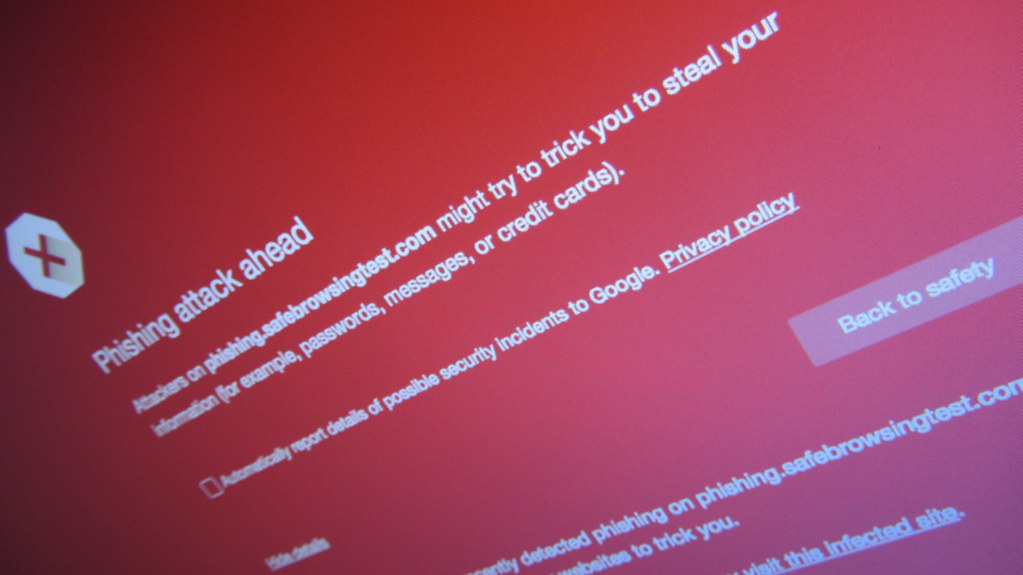How to Detect and Prevent Phishing Attacks
Phishing attacks are a concern in the world of cybersecurity posing a significant threat to individuals. These deceitful tactics often lure people into sharing information like passwords, credit card details and personal data. It's crucial to know how to spot and prevent phishing attempts to safeguard yourself against harm and identity theft.
Identifying Phishing Signals
Phishing attacks typically masquerade as emails text messages or phone calls from sources.

Recognizing these signs is the step in thwarting such attempts.
- Suspicious Email Addresses; Take a look at the senders email address for any subtle deviations from the authentic one.
- Urgent Tone; Phishing messages commonly use language to pressure you into prompt action.
- Unusual. Links; Exercise caution, with attachments or links that may ask for personal details.
By staying vigilant for these indicators you can evade falling prey to phishing scams.
Preventive Measures
Implementing measures can significantly mitigate the risk of falling victim to phishing attacks. Here are some effective strategies;
- Utilize Email Filters; Many email services provide spam filters that can identify and block phishing emails before they land in your inbox.
- Two Factor Authentication (2FA); Enabling two factor authentication (2FA) enhances security by requiring a verification step beyond just entering your password.
- Keeping your software and operating systems up to date through updates ensures that you benefit from the latest security patches.
Educational Efforts
Education plays a role in preventing phishing attacks. Employee training programs and public awareness campaigns can significantly impact reducing threats.
Training on Email Security; Companies should conduct sessions to educate employees on spotting phishing attempts and practicing safe email habits.
Awareness Campaigns; Public outreach initiatives can educate individuals on the phishing techniques and how to protect themselves.
The Impact of Technological Advancements
Technology is continually advancing in the fight against phishing attacks offering tools and software options to bolster security measures;
| Tool | Purpose |
|---|---|
| Email Authentication Protocols | Verify the authenticity of incoming emails from trusted sources. |
| Anti Phishing Software | Block potential phishing threats before they reach users. |
| Password Managers | Generate unique passwords for different online accounts minimizing risks associated with compromised credentials. |
Dealing with Phishing Incidents
If you suspect a phishing attack or have already fallen victim to one taking action is crucial;
- Report It; Notify your email service provider about the incident, as well, as relevant authorities or organizations.Remember to update your passwords; Make sure to change passwords for any accounts that might have been compromised.
- Keep an eye on your bank accounts; Watch closely for any activity in your financial accounts and report it immediately if you notice anything suspicious.
The ongoing fight against phishing attacks demands vigilance, education and technological assistance. By being aware of strategies used by phishers and implementing strong preventive measures, individuals and businesses can significantly lower their risk. Regular training and staying up to date on threats are essential for maintaining cybersecurity. Remaining alert and taking steps are crucial, in protecting personal information from these widespread threats.
The Role of AI in Phishing Detection
Artificial Intelligence (AI) is playing an increasingly significant role in cybersecurity, particularly in the detection and prevention of phishing attacks. AI can be leveraged to create systems that learn from past incidents, recognize patterns, and predict future threats.
Machine Learning: A Game Changer
Machine Learning, a subset of AI, allows computers to learn from data without explicit programming. In the context of phishing attacks, machine learning algorithms can analyze vast amounts of email data to identify characteristics unique to phishing attempts. These algorithms can learn to discern between benign and malicious emails, enhancing the effectiveness of spam filters.
AI-Powered Email Authentication
Besides filtering spam, AI is also used in email authentication. AI algorithms can verify the authenticity of incoming emails by analyzing their metadata. This includes the sender's IP address, the time the email was sent, and other attributes that may signal a phishing attempt.
AI in Anti-Phishing Software
Anti-phishing software powered by AI provides advanced protection against phishing threats. Such tools are capable of not only detecting known threats but also identifying new ones through pattern recognition and predictive analysis. By continually learning from new data, these tools improve their accuracy over time.
Future Outlook
As phishing techniques evolve, so too must our defensive strategies. The integration of AI into cybersecurity offers promising prospects for combating phishing attacks. However, continuous research and development are needed to stay ahead of cybercriminals who are also leveraging advanced technologies.
AI Limitations and Challenges
While AI brings immense benefits to phishing detection and prevention, it is not without limitations. For instance, false positives can occur, where legitimate emails are marked as phishing attempts. Moreover, AI systems require continuous training with updated data to maintain their effectiveness.
Concluding Remarks
The battle against phishing attacks is complex and multifaceted. While technologies like AI significantly enhance our defenses, they are not standalone solutions. A robust approach combines technological measures with education and vigilance. By staying informed about the latest threats and maintaining good online habits, individuals can effectively guard against phishing attacks.